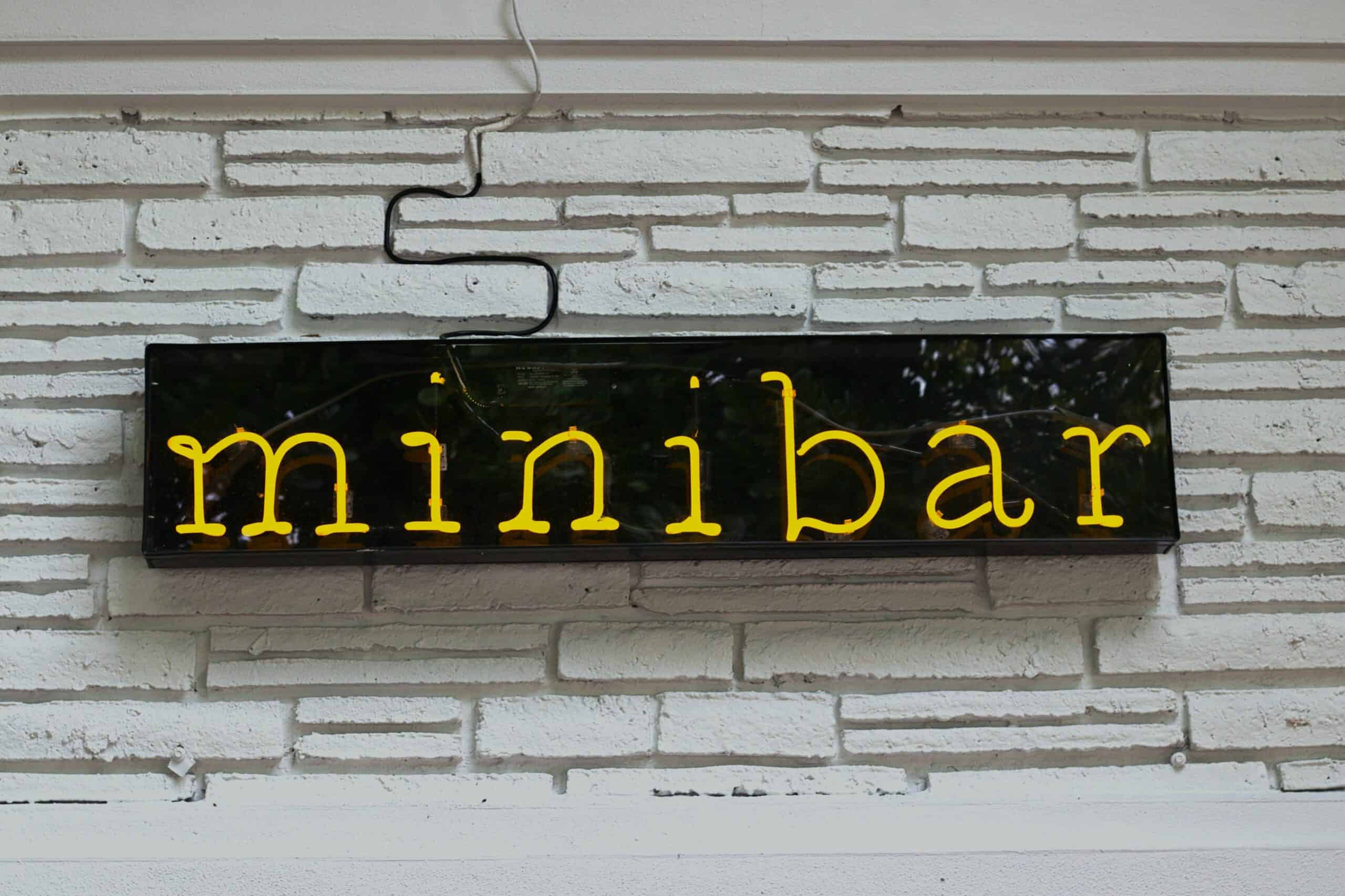
By Chris Budd:
Much of the traditional thinking in economics and business advice is based from the starting point that increasing shareholder value is the objective. Because an EOT owned business will almost certainly never be sold, the value is irrelevant. This requires a change in focus from short term increase in share price, to long term sustainable profits.
This means that traditional approaches to issues such as pricing are no longer appropriate.
The Hotel Minibar
Picture the scene. You arrive at your hotel. Perhaps it’s an overnight stay on business, maybe a few nights as a weekend break. The hotel is an international chain. Selected for its location, it’s not the cheapest, but it’s not the most expensive either.
You check-in, and, as you enter your room, you put down your bag. It’s nine in the evening. You quite fancy a drink, perhaps a beer or a glass of wine.
Now, what is the one thing that you must NOT do? A golden rule when staying in hotels that must be followed at all times, no matter what the situation?
That’s right. Under no circumstances must you take anything from the minibar.
It is well known by now that the cost of item from the minibar is hugely expensive. In terms of terrible value for money, the hotel minibar is up there with a can of Red Bull from a service station or virtually anything from an airport (I recently read a marketing ‘expert’ describing airports as a “shopping mall with an airport attached”).
As a consequence, we tend to avoid buying anything from the minibar.
The Captive Customer
The reason for this hike in prices, of course, is that you are captive. And, as traditional micro economic supply and demand thinking would have it, a captive customer is somebody that can be exploited. In America there is even a special word for this – price gouging.
Other examples of the captive customer include sporting and entertainment venues. For example, I do love my cricket, but the prices of a pint of lager at the test match are almost minibar-esk.
As a consequence, people go to great lengths to smuggle in their own tipple into the ground. I had an entertaining Twitter discourse on this topic recently, and the ideas were truly inventive. They included: the use of a syringe; red wine and a Ribena bottle; and something to do with tampon packaging that I confess I didn’t fully understand.
Consumers are now wise to the budget airline offering cheap tickets and making huge profits on everything else they can sell. It can be a pretty grim experience being a customer of such a company.
This approach leads to customers actively trying to avoid buying a product. The price becomes the focus, and they have a less than pleasant experience. How often have you heard this interchange:
“Hey, how was the concert?”
“Great! Mind you, you’ll never guess how much they were charging for t shirts. And the price of a pint was unbelievable!”
Is this relationship you want with your customers?
Making Price Not An Issue
When a company is owned by an EOT, the objective needs to change from a short term approach of increasing the share price, to generating long term sustainable profit.
I would suggest that the attitude of setting the price at the highest possible level, stopping just before losing the customer, is the traditional ‘supply and demand approach’. It might maximise short term profits, but it does not help foster a healthy long-term client relationship.
Perhaps a better pricing approach would be to find the level at which clients continue to not be concerned. Once the clients start making comments, or questioning what they are getting for the money, then this is a level beyond which prices should not go, particularly for a service based business.
As a rule of thumb, one or two negative comments about fees per one hundred clients each year would suggest the fee level is about right. If the fees go higher more moans are received, if lower there are no comments at all.
This means a pricing level for below that of the minibar principle, and means a client relationship based upon joy, and not exploiting the client relationship.







